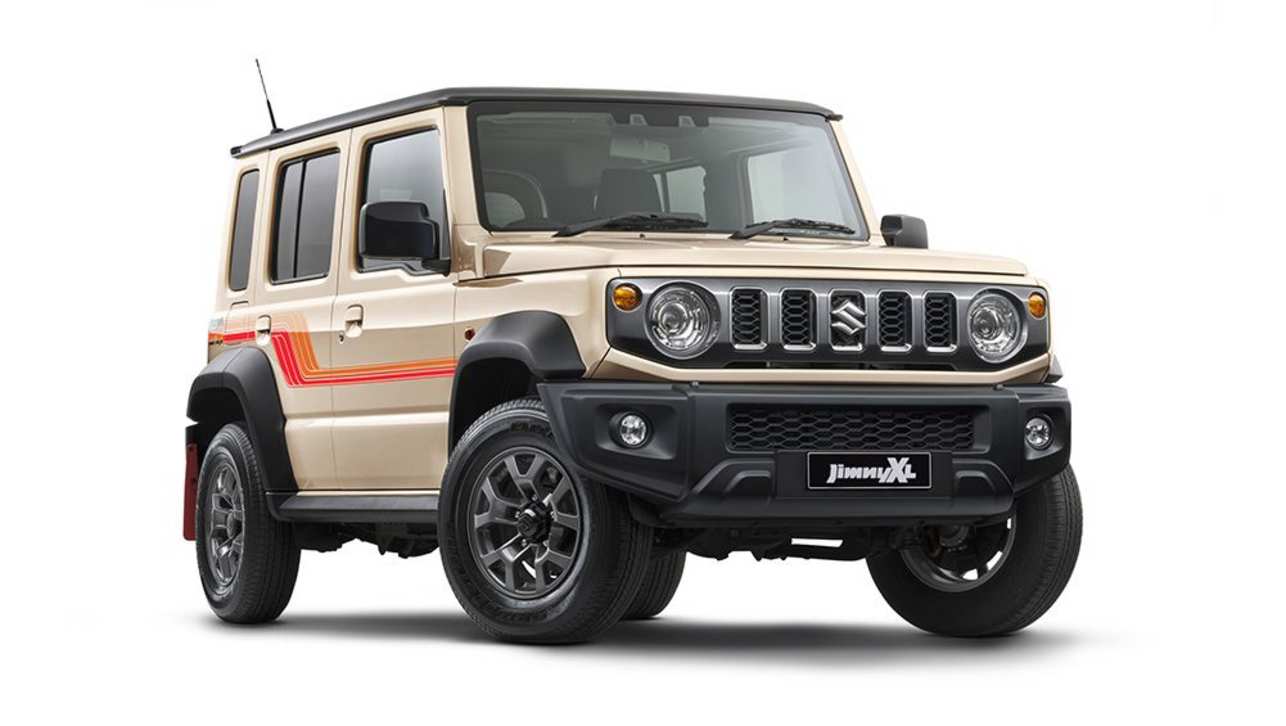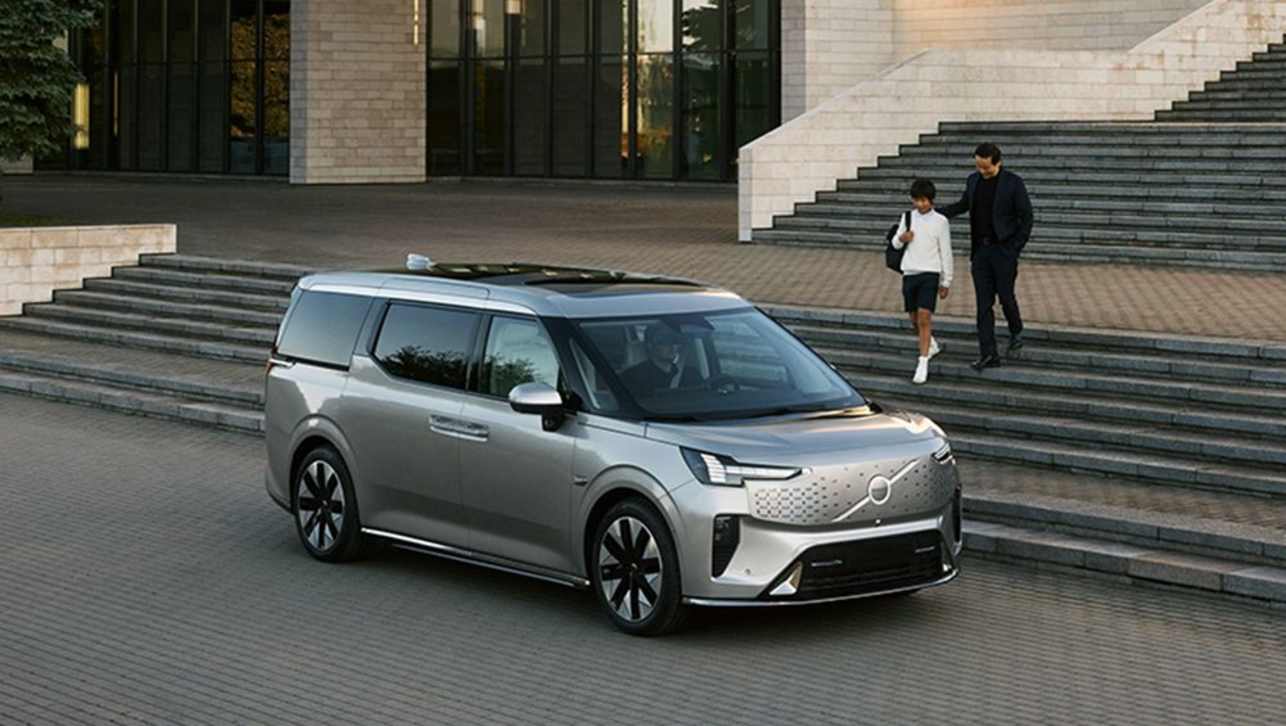After years of speculation that Geely would re-enter the Australian market, the move has been all but confirmed thanks to the confirmation of right-hand production of the Radar RD6 ute.
Geely, which owns both Volvo and Polestar, confirmed the move on its LinkedIn page, posting pictures of the RD6 in right-hand-drive configuration with the caption: “Exciting news! Get ready for the release of an RHD electric pick-up truck available in your market soon!”
Interestingly, it seems the truck will wear ‘Riddara’ branding as opposed to its Chinese domestic market ‘Radar’ branding, because of trademark issues in some export markets.
Further details on the brand’s roll-out are yet to be announced, but expect more details soon. Riddara is not the only Geely marque suddenly expanding into right-hand-drive production, with the company’s Zeekr performance sub-brand confirmed for an Australian arrival in all its right-hand-drive glory, also before the end of 2024.
The brand’s new energy commercial division, Farizon Auto, has also been recently undergoing testing in Australia.
Unlike various Geely and Zeekr models, which leverage technology from Volvo, the RD6 ute is based on its own dedicated electric platform, dubbed the Multiplex Attached Platform (MAP), which is said to have undergone three years of intense development covering over a million kilometres.
.jpg)
The platform is said to maximise space and allows for systems like vehicle to load at up to 6kW. Geely also says the RD6 has a 20 per cent lower centre of gravity compared to a combustion pick-up truck.
The RD6 comes in both rear-wheel drive or dual-motor all-wheel drive, and with two battery capacities - either 63kWh (for a claimed 385km in RWD format), or an 86kWh unit (for 517km in RWD). Its motor produces 200kW/384Nm, while the dual-motor ‘4WD’ version produces a combined 315kW/594Nm.
Towing capacity is rated internationally for 2WD versions at 2500kg (which is a little short of the often expected 3000kg in Australia), while its payload comes in at 775kg for the 63kWh version or 755kg for the 86kWh version.
The all-wheel-drive version is said to sprint from 0-100km/h in four seconds, and has a total of seven driving modes and a torque vectoring system to allow it to properly navigate various terrain conditions.
DC fast charging allows a 30 - 80 per cent charge time in roughly 30 minutes and energy consumption is rated at 17.5kWh/100km for the base 63kWh 2WD model.
In its home market of China, the RD6 costs between the equivalent of $32,000 to roughly $60,000, although pricing has not yet been announced for the all-wheel-drive variants.
.jpg)
As with most new Chinese players, expect a high level of standard trim, including synthetic leather seat trim, power adjust for the front seats, a 12.3-inch multimedia touchscreen and digital instrument cluster as well as LED headlights and a full gamut of active safety equipment.
Check back later this year for more on the roll-out of both Riddara and Zeekr in Australia.






.jpg)



.jpg)

.jpg)
.jpg)




.jpg)
.jpg)
.jpg)
.jpg)
.jpg)
.jpg)

.jpg)
.jpg)
.jpg)
.jpg)
.jpg)
.jpg)
.jpg)
.jpg)




Comments